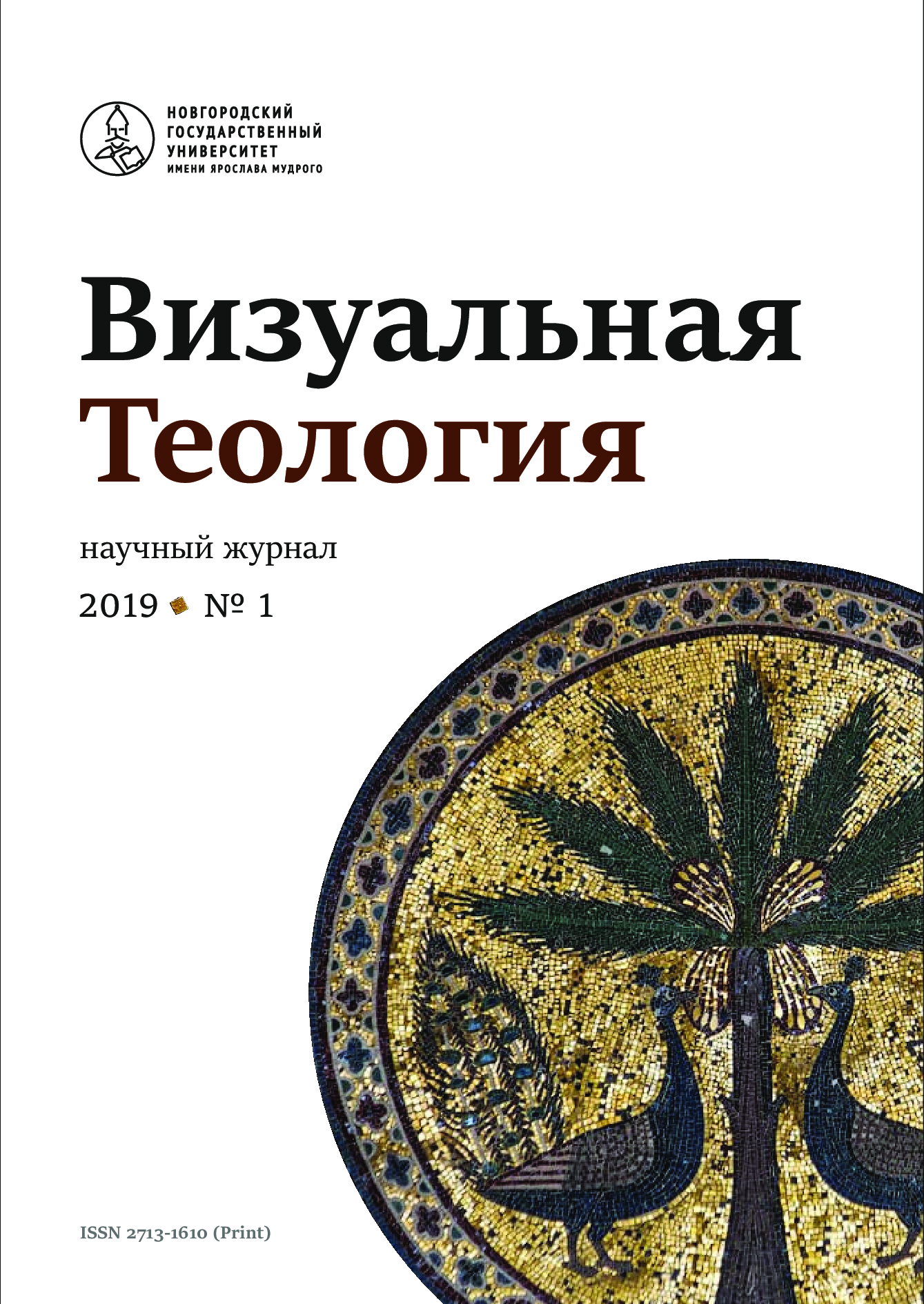Implikationen der kirchenräumlichen Interaktionsarchitektur: Das Beispiel Alpha-Gottesdienst
Abstract
The paper starts with general considerations concerning the relevance of space for the constitution of social events. In doing so, we refer to theoretical concepts developed within the field of multimodal interaction analysis in the past few years. For multimodal interaction analysis, two concepts are of central relevance: “architecture-for-interaction“, and “social topography“. The starting point of the notion of “architecture-for-interaction” is the motivated relationship between the architecture of a given space und possible forms of interactions taking place in this space. We interpret the architecture of a given space as ‘built answers’ to recurrent problems of social interaction, aiming to support the interaction. The concept focusses on possibilities of spatial use prior to interaction, offered by the architecture only (such as walk-ability, observe-ability, hear-ability, linger-ability, touch-ability). Social topography in contrast points to the social knowledge of the users of space. Here the focus does not lie on the potential of spatial use prior to interaction. What is relevant for the notion instead is the precise and situated use of space. This use of space is analysed in relation to socially based normative expectations. Both participants and analysts interpret uses of space that obviously ignores or varies these normative expectations as a case of a motivated choice or a wilful alternation. While – for example – architecture-for-interaction ‘offers’ the sanctuary as a possible walk-able territory, it is the social topography that triggers the choice of church attendants not to walk there during church service. After a short remark on functional spaces developed in a given society, we present the history of the so-called Alpha church service, celebrated in Rimbach/South Hesse since 2001. The church interior, specifically arranged for Alpha church services, functions as a visually perceivable expression of this modern church service format. The architectural arrangement of the church interior will be the subject of our further considerations. We start by comparing the traditional church interior with the Alpha interior in Rimbach. We then reconstruct in detail the specific structure of the Alpha interior, focussing primarily on the sanctuary. In doing so, we also pay attention to the modifications which are carried out in reaction to certain situational requests. These requests lead to a modification of the key concepts of the Alpha-specific architecture-for-interaction. We finish our paper by reflecting on the arrangement of the church interior in the Alpha service as a visible expression of key aspects of this modern church service. We point out the following aspects as crucial: the “horizontalisation“ of the architecture-for-interaction, the democratisation of the church interior, the visibility of the ones who perform the church service, the transparency of the format’s enforcement, and the interactivity of the church service.


